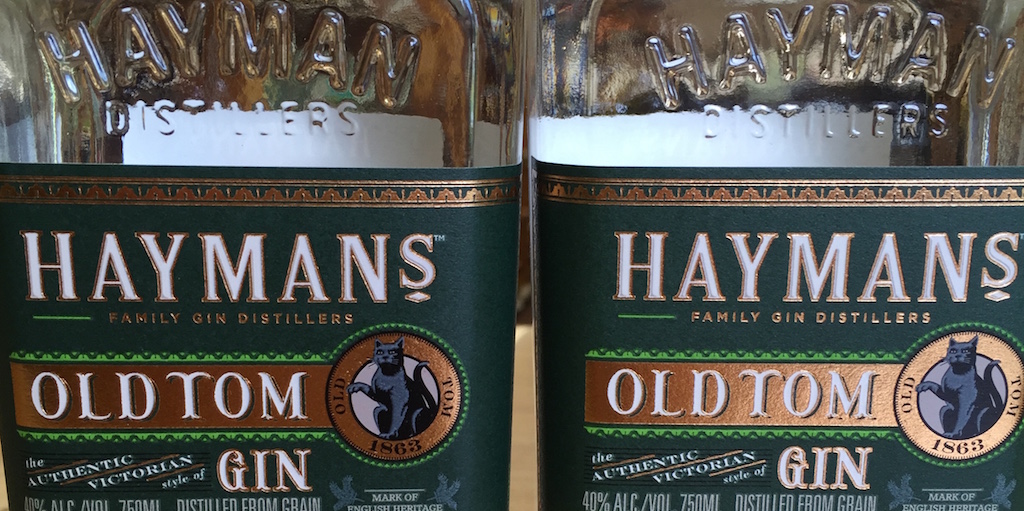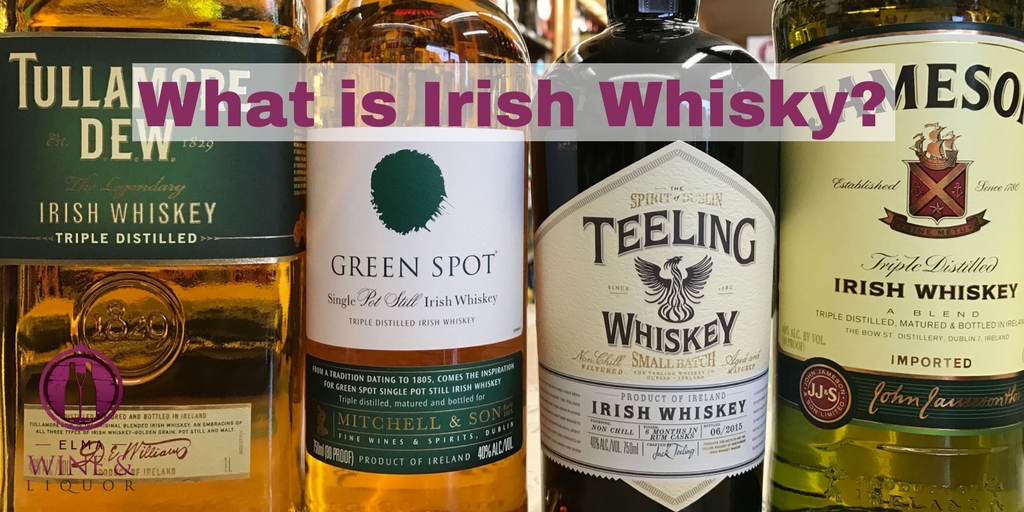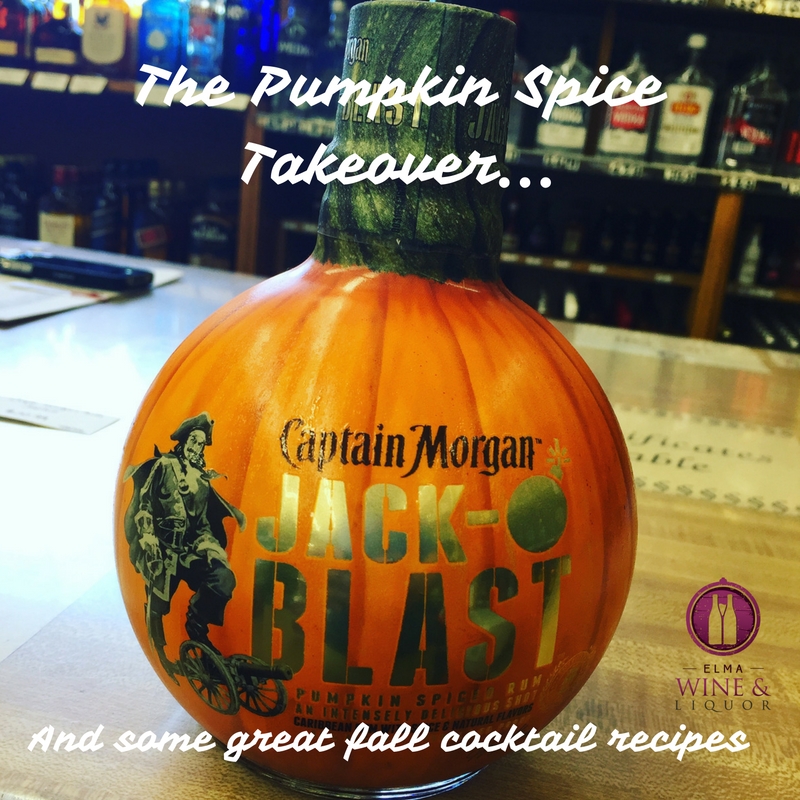Keep Calm and Gin On: The Evolution of an Iconic Liquor
“I don’t know what reception I’m at, but for God’s sake give me a gin and tonic.” – Denis Thatcher
When it comes to liquor trends, many beverages appear to create only a little local craze, to soon be gone forever. There are, however, unique gems, which are born to become classics, changing the drinking culture forever.
One such iconic alcoholic beverage is gin. Infused with unique flavor from juniper berries, gin has evolved from an herbal malaria medicine when mixed with quinine-containing tonic water (legend has it that this is how the famous gin and tonic combination was born), to an absolute staple in any bar.
The origin of gin is surrounded with myths – for instance, the invention of gin is often falsely attributed to the Dutch physician Franciscus Sylvius in the middle of 17th century. There is no confirmation for that, however; in fact, the beverage is mentioned in Philip Massinger’s play “The Duke of Milan” from 1623, when Sylvius would have been only 9 years old.
There is a grain of truth in this story however: genever, the juniper-flavoured father of gin, was very likely invented outside of England, contrary to another popular belief. The drink was mentioned in the encyclopedic work Der Naturen Bloeme (Bruges) as early as in the 13th century. Although not quite gin yet, juniper-based remedies for scurvy and stomach upset were apparently widely prescribed in Holland starting in the late 1260’s.
The English story of gin began when King William III, widely known as William of Orange, occupied the throne in 1689 and released a series of statutes actively promoting the distillation of English spirits. Starting as alternative payment for workers, gin soon became more popular than beer and ale, and public reception was almost too good, triggering the Gin Act in September of 1736 to make gin prohibitively expensive. As the law was widely and openly broken, the act was repealed in 1742. Since then, gin gradually became popular in high society, resulting in improved, more refined production by 1830’s.
In terms of production, all the flavoring ingredients used to craft traditional gin are 100% natural – typically a gin contains at least six to ten herbs or spices, with some more modern expressions using dozens. In addition to juniper, which is compulsory, coriander, orange peel, cinnamon, cardamom and many other botanicals are used. Since being introduced to tonic, it became clear that gin truly shines in cocktails, as botanical components such as herbs and spices add incredible complexity to alcoholic mixes.
There are several methods of gin production, from traditional to simple:
- The complex traditional distillation process, although it may vary between manufacturers, typically involves diluting the spirit to reach the strength of 45% alcohol by volume (or 90 proof), and the mixture is then pumped into a copper still along with the flavoring ingredients for another distillation. The product is left to steep or the botanicals are kept in a basket or tray above the liquid so that the alcohol vapors pass through them during the distillation process. London and Plymouth gin are made in this manner.
- Gin can be made from any neutral alcohol that meets the specific requirement and then have the botanicals added in.
- The ‘compounding’ method involves simply adding extracts of the botanicals to suitable alcohol.

The past few years have seen a renaissance in gin as craft distillers are gravitating towards this beverage. Gin, unlike vodka, allows a small craft distiller to provide their own unique offering to the market and differentiate themselves from competition. Most of the small manufacturers, in attempt to provide something substantially different to dryer gins, are bringing back the sweeter counterparts, which often have distinctive, vibrant fruit and floral notes, as well as stronger than ever juniper notes or barely any noticeable juniper. As more and more countries are loosening their laws towards distilling we are seeing a growing variety of this cocktail worth spirit.
At Elma Wine & Liquor we have been increasing our gin selections to try our best to keep up with the varying styles and flavors that have hit the market. From Buffalo’s own Lockhouse Distillery’s Barrel Aged Gin and Tommy Rotter’s award winning gin to Scotland’s Hendricks unique gin to Hayman’s Old Tom we are happy to try to find something that fits your palate. And for all of you gin haters out there, please open up and give it another chance – many of these new expressions are not the same old liquor you may remember (trust me, I was there myself not too long ago!). Keep your eye on our Events page for upcoming tastings that involve gin.
Sophisticated and classy, gin is definitely worth your attention. Feel free to share fascinating facts from this article over a gin cocktail or two at your next party and let us know what gins or gin cocktails you have enjoyed lately.




![Tequila 101: Silver vs. Reposado vs. Anejo [Video] Tequila 101: Silver vs. Reposado vs. Anejo [Video]](https://www.elmaliquor.com/wp-content/uploads/2016/09/Tequila-Silver-vs-Reposado-vs-Anejo.jpg)
